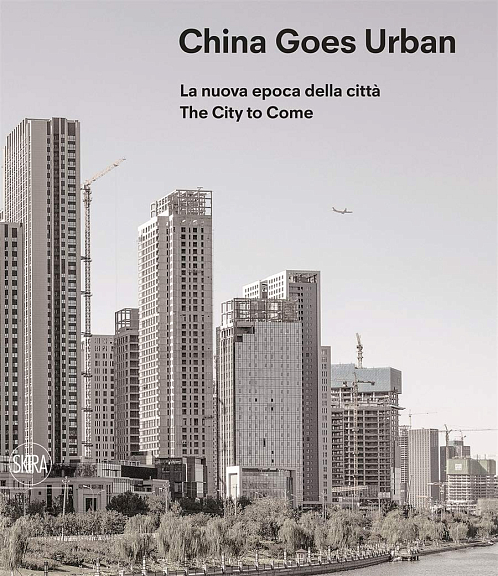-
Книги
- Нонфикшн
- Гуманитарные науки
- Деловая литература
- Естественные / Точные науки
- Книгоиздание
- Лайфстайл
- Словари / Энциклопедии
- Художественная литература
- Детектив
- Драматургия
- Классическая проза
- Мифология. Эпос
- Поэзия
- Собрания сочинений
- Современная художественная проза
- Фантастика. Фэнтези
- Биографии / Мемуары
- Графические романы / Комиксы
- Детские книги
- Воспитание. Педагогика
- Детский досуг
- О детских книгах
- Познавательная литература
- Художественная литература для детей
- Журналы / Зины
- Архитектурные
- Гуманитарные
- Журналы о моде
- Зарубежная периодика
- Искусство / Фотография
- Кино / Театр
- Лайфстайл
- Книги «Подписных изданий»
- Книги на иностранных языках
- Английский язык
- Испанский язык
- Итальянский язык
- Книги на иностранных языках для детей
- Немецкий язык
- Финский язык
- Французский язык
- Шведский язык
- Книги о кино
- Книги о музыке
- Книги о средневековье
- Книги о театре
- Книги о фотографии
- Книги об искусстве / Книги об архитектуре
- Альбомы по искусству
- Архитектура
- Декоративно-прикладное искусство
- Живопись
- Искусствоведение
- Орнаменты
- Прочее
- Танец
- Татуировка
- Творческое развитие
- Книги по философии
- Кулинарные книги
- Николай Солодников рекомендует
- Предзаказ
- Про дизайн / Про моду
- Путеводители / Книги о путешествиях
- Канцелярские товары
-
Подарки
- Брошки и значки
- Гирлянды
- Закладки
- Игры
- Календари
- Наклейки
- Наши сувениры
- Открытки
- Всякие-разные
- Наборы открыток
- Поздравления
- Про любовь и другие хорошие чувства
- С писателями и поэтами
- С цветами, овощами и фруктами
- С цитатами и другими фразами
- Подарочные сертификаты
- Постеры
- Прочее
- Сумки и шоперы
- Упаковка
- Подарочные сертификаты
Адрес магазина: Санкт-Петербург, Литейный пр., 57
China Goes Urban: The City to Come
| Автор | |
|---|---|
| Издательство | SKIRA |
| Год издания | 2021 |
| Переплет | Мягкий |
| Страниц | 256 |
| Формат | 245x283 мм |
| Язык | Несколько языков |
| ISBN | 978-8-85724487-7 |
| Артикул | 1145779 |
In 1978, 18% of the population in China lived in urban areas. Since then the number of inhabitants in cities has increased approximately 1% per annum and currently makes up 60% of the total population. New infrastructures and settlements have gradually modified the landscape, transformed property rights, swept away administrative boundaries, and “gobbled up” rural spaces and villages. Understanding the rapid, disruptive process of Chinese urbanisation is not easy. Existing categories and models are useless. If we believe it to simply be an exaggeration and a flaw, we are effectively ignoring the fact it constitutes an epochal change, that the current pandemia makes ever more deep and hard, one which redefines roles and relationships not only from a geo-economic and geopolitical point of view, but also from the point of view of culture, imagination and possibilities. China Goes Urban proposes to change viewpoint, to look at reality rather than pigeonhole it in predefined categories and models. It is an invitation to explore the world by travelling through the city and architecture of today and tomorrow and circumnavigating the concept of city. It does not provide answers. It interrogates and questions. It highlights the relationship between the specificities and differences of current global urbanisation. It indicates to what extent today changes in China are not foreign to us and our existence in the world.
Bilingual edition: Italian / English
Подписка на рассылку
Мы будем присылать вам обзоры книг, промокоды и всякие-разные новости


